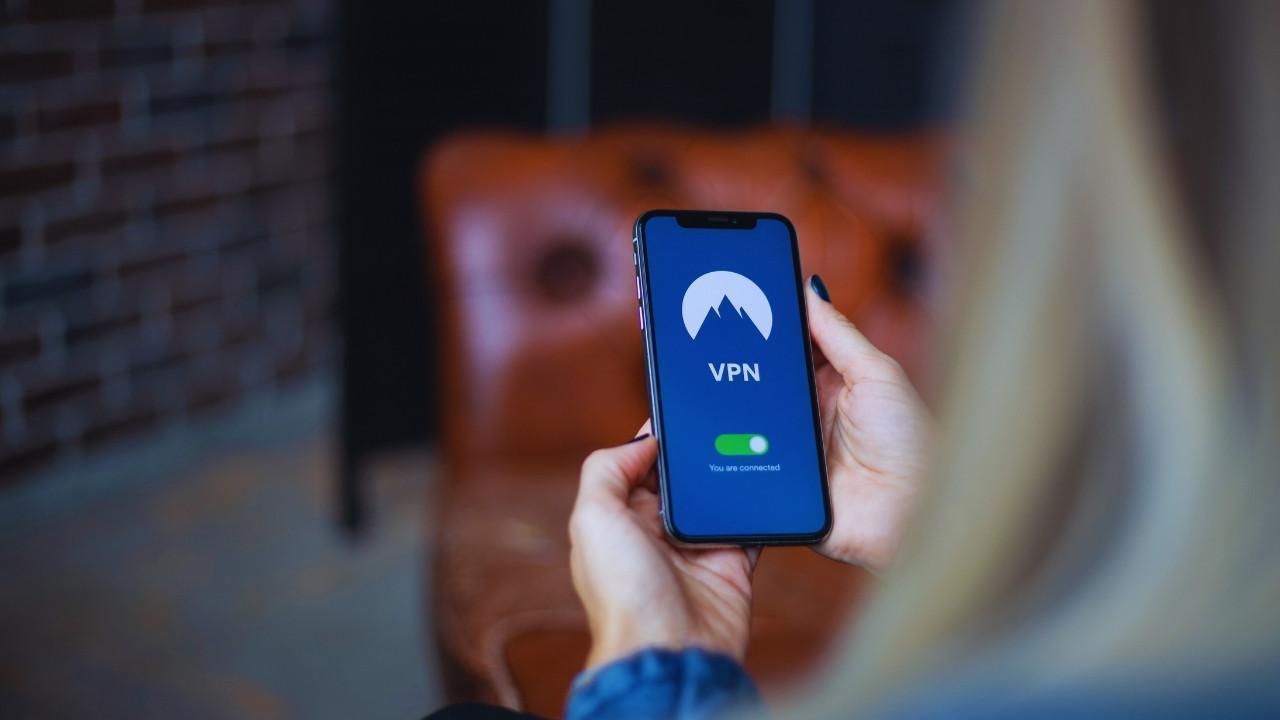
Post by : Anees Nasser
The world of technology is evolving at a pace that outstrips even the most ambitious predictions. For over a decade, smartphones have dominated as the centerpiece of innovation, shaping how we work, communicate, shop, and entertain ourselves. However, the age of smartphones is gradually reaching a plateau. While companies continue to improve hardware and enhance features, the leaps of innovation that once defined the early years of mobile technology are becoming smaller.
So, what comes next? Where will the next waves of transformation emerge, and how will they reshape the fabric of our daily lives? The answers lie in a host of emerging technologies, each poised to disrupt industries and redefine human experiences in profound ways.
Artificial Intelligence (AI) has already seeped into countless aspects of life, from voice assistants and recommendation engines to smart home devices and customer service bots. But what we’ve seen so far is just the tip of the iceberg. The next generation of AI technologies promises to take automation and personalization to levels once considered science fiction.
AI is moving from reactive systems to proactive solutions. Predictive analytics, natural language processing, and generative AI models are enabling machines to not only respond to queries but to anticipate needs. In healthcare, AI-powered diagnostics are reducing errors and accelerating treatment. In finance, algorithmic systems can detect fraud in real time, protecting billions in assets.
Perhaps most notably, AI’s integration into creative domains like design, content creation, and music signals a future where human imagination and machine intelligence collaborate seamlessly. This collaborative potential makes AI not just a tool but an essential partner in innovation.
If smartphones redefined how we engage with digital spaces, spatial computing will redefine how digital spaces engage with us. Virtual Reality (VR), Augmented Reality (AR), and Mixed Reality (MR) are converging into immersive environments where physical and digital realities blend.
These technologies are already finding practical applications. Architects can now create virtual walkthroughs of buildings long before the first brick is laid. Retailers can offer customers the ability to “try” furniture or clothing virtually before purchase. The rise of the so-called “metaverse,” while still in its nascent stages, underscores how social interaction, entertainment, and even work might evolve in these immersive environments.
Headsets and smart glasses will likely become as common as smartphones once were, creating a shift in user behavior. Instead of staring at screens, we’ll live within digital layers integrated into the physical world.
While still largely experimental, quantum computing is regarded as the holy grail of computational power. Unlike classical computers, which rely on bits as units of information, quantum computers use qubits, capable of existing in multiple states simultaneously. This allows them to process complex calculations at speeds unimaginable to today’s systems.
The implications are staggering. In pharmaceuticals, quantum simulations could accelerate the discovery of new drugs by modeling molecular interactions with unprecedented accuracy. In cryptography, quantum algorithms could both break existing encryption systems and create unhackable alternatives.
Though widespread adoption remains years away, the race is on among tech giants and startups alike to achieve quantum supremacy. When that happens, the ripple effects will be felt across every industry from finance to logistics.
The Internet of Things (IoT) is not new, but its expansion into every facet of life continues to accelerate. From smart homes and connected cars to industrial IoT in manufacturing and agriculture, this network of interconnected devices is set to become the backbone of a data-driven society.
IoT devices, powered by faster connectivity like 5G and eventually 6G, will enable real-time decision-making on an unprecedented scale. Imagine cities where traffic lights adapt dynamically to congestion patterns or farms where sensors monitor soil conditions and automate irrigation for maximum efficiency.
The challenge, however, will be ensuring security in a world where billions of devices communicate simultaneously. As IoT ecosystems grow, cybersecurity will become not just important but existential.
Technology is no longer confined to the gadgets we carry or the networks we connect to—it’s entering our bodies. Advances in biotechnology and bioengineering are opening the door to a new age of human augmentation. From prosthetics that interface with the nervous system to gene editing tools like CRISPR, the boundaries of what it means to be human are expanding.
Wearable health monitors are already mainstream, but the future will likely see implantable devices that can regulate insulin levels, monitor vital signs continuously, or even enhance cognitive abilities. The ethical questions these developments raise will be as critical as the technologies themselves.
As the climate crisis intensifies, technology is stepping up to address one of humanity’s greatest challenges—sustainability. Green technologies are emerging as a dominant force in shaping the future, from renewable energy solutions like solar and wind to innovations in carbon capture and storage.
Electric vehicles are rapidly gaining market share, supported by breakthroughs in battery technology that promise longer ranges and faster charging times. Smart grids and energy-efficient appliances are transforming how energy is consumed and distributed.
Moreover, the concept of a circular economy—where resources are reused and recycled rather than discarded—is being embedded into manufacturing and supply chain systems through advanced technologies.
As technology penetrates every aspect of life, the risks associated with digital vulnerabilities grow exponentially. Cybersecurity is no longer just an IT concern; it’s a fundamental necessity for governments, businesses, and individuals.
Future cybersecurity solutions will leverage AI and machine learning to predict, detect, and neutralize threats before they can cause harm. Blockchain technology may also play a role in creating secure, tamper-proof systems for data management and financial transactions.
The post-smartphone era will not be defined by a single device or technology but by a complex interplay of multiple innovations converging simultaneously. The future will be immersive, intelligent, sustainable, and deeply interconnected. For businesses, policymakers, and individuals alike, adapting to this new reality will require agility, foresight, and a willingness to embrace change.
The views and opinions expressed in this article are intended for informational purposes only and do not constitute professional or investment advice. Readers are encouraged to conduct independent research before making any technological or financial decisions.










Curry Powers Warriors to Nail-Biting 109-108 Victory Against Spurs
Stephen Curry's 49 points propel the Warriors to a dramatic 109-108 NBA Cup triumph over the Spurs,

India Advances to Semi-Finals After Thrashing USA in Women’s Blind T20 World Cup
India secured a dominant ten-wicket victory over the USA, advancing to the semi-finals in the Women’

South Africa's Early Advantage as India Struggles on Day Two
On Day Two, India reached 138-4 as South Africa took three early wickets, complicating matters with

Kenta Nishimoto Defeats Lakshya Sen in Japan Masters Semifinal
Lakshya Sen's journey in the Japan Masters ends after losing to Kenta Nishimoto 19-21, 21-14, 12-21

Kenta Nishimoto Defeats Lakshya Sen in Japan Masters Semifinals
Lakshya Sen's run at the Japan Masters concludes with a loss to Kenta Nishimoto in the semifinals, 1

Major IPL Trade: Jadeja Joins Royals as CSK Signs Samson
In a significant IPL trade, CSK has acquired Sanju Samson from Rajasthan Royals in exchange for Ravi